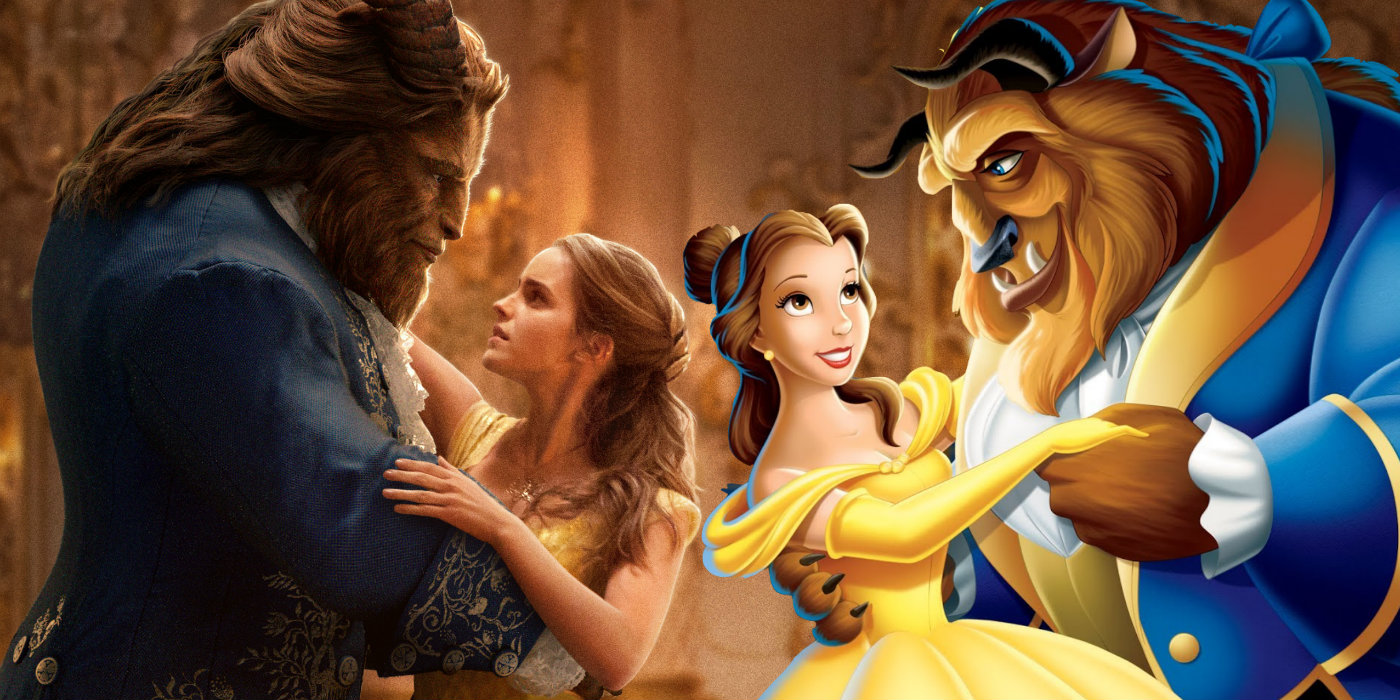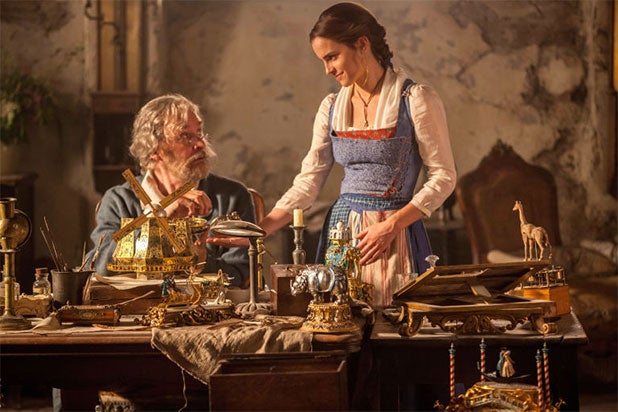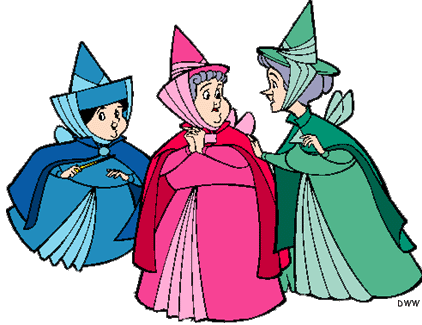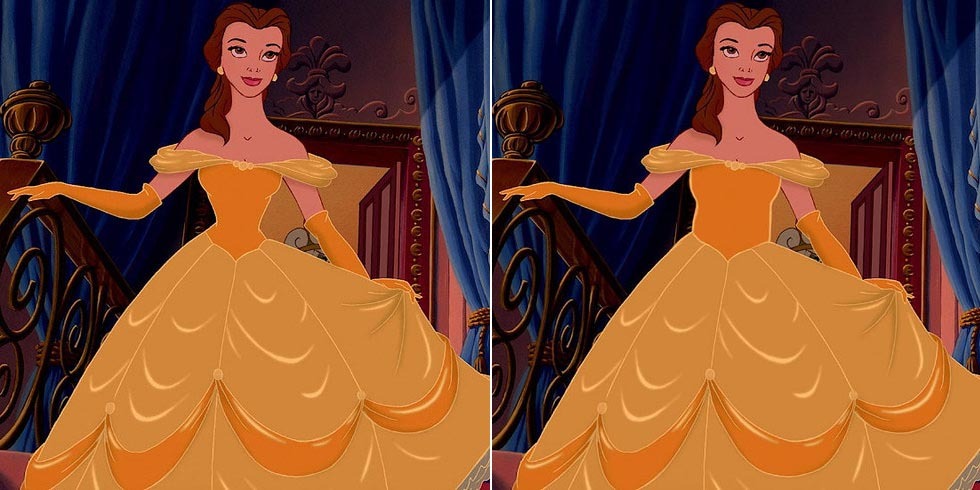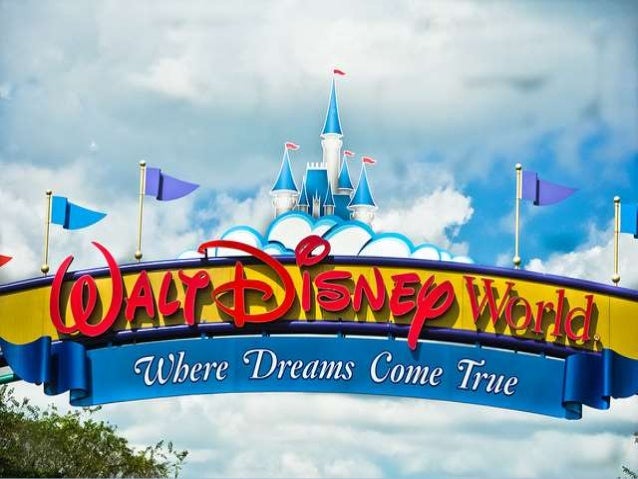Disney aims to please, and with the current wave of feminism, we see their fitting decision to attempt to revamp and retell the classic tale of Beauty and the Beast. With subtle tweaks in the storyline, we see an effort to make the fable appeal to a more liberal cultural and please the rising feminist population. But did Disney hit the mark with this new motion picture? In Disney's defense, it is hard to please everyone. Die hard Disney lovers and members of the Princess Belle fan club would be highly disappointed if this new film did not have the same plot and atmosphere as the original movie, but the progressive critic desires a story that shies away from tradition gender roles and stereotypes seen in the 1991 film. So, has Disney done the impossible and pleased everyone, or did they fail to meet the expectations of some? Indeed, there were many changes in the film, however were they powerful changes that upheld the integrity of the movie while promoting female empowerment?
Sadly, I believe the short answer to my inquiry is that is impossible to please everyone. Viewing this film through a feminist's perspective, I still see major red flags in which Belle is depicted as conforming to narrow gender stereotypes or being labeled as "odd" for venturing off the normalized path. The main plot, at its core principle, centers around a woman falling in love with her capture, and the subtle attempts to revise small attributes of the film to be more progressive in gender roles, we see a sense of false feminism.
For example, unlike in the original film, Disney decides to take make Belle an inventor. Belle is depicted making a washing machine like contraption, and while some would say this breaks the conservative idea that woman do more than housework, others are quick to point out that her engineering is still centered around chores. Of all things she could have created, did it really need to be a washing machine?
Now I believe Disney missed a prime opportunity here. In my opinion, the construction of a washing machine would have been fine with a feminist explanation. It would have been great characterization if Belle explained that she used her wits to create this machine because she can't be bothered by doing laundry all day.
Another critic is two overarching messages are still misconstrued. The first of which being the primary motif that looks should not matter when falling in love. I would argue that to uphold this theme there would be no reason for the beast to transform back into a beautiful king, and that Belle -- which literally means beauty -- did not have to be Emma Watson level beautiful. The second, but less obvious, message I struggle with, is the idea that woman need to "fix" men. The premise that only "true love" can break the spell is narrow-minded and bound for feminine critique. It was never a question that the Beast needed to find a romantic interest to break the spell. Why wouldn't love from building a genuine friend be enough? Why does it need to be a woman to fix him?
Especially in today's culture I think this is an incredibly destructive message to send. Even personally, I see this narrative play out time and time again in real life. Woman should not feel the need to teach, civilize, or change a man. Both genders need to be equally responsible for themselves and others.

